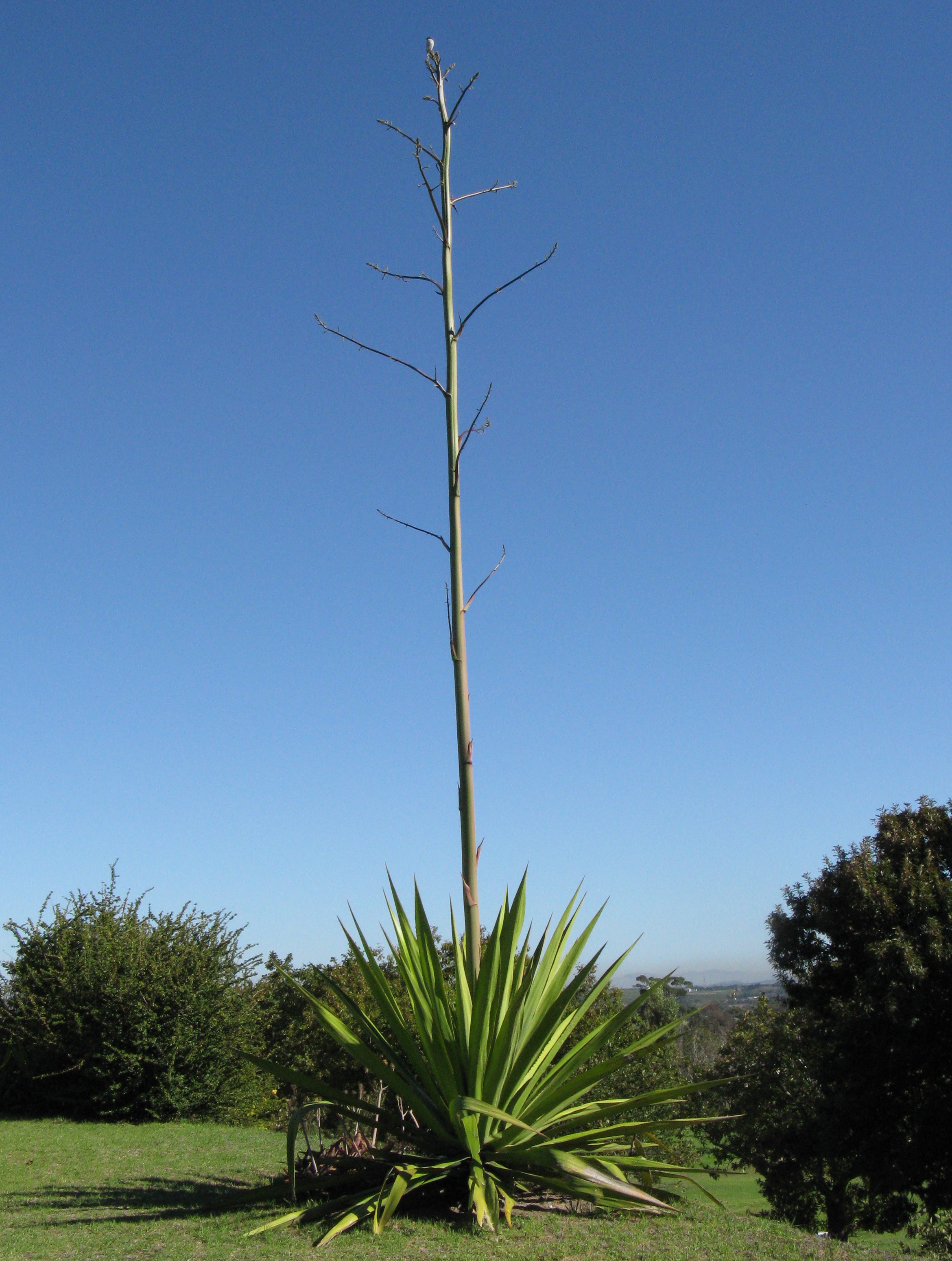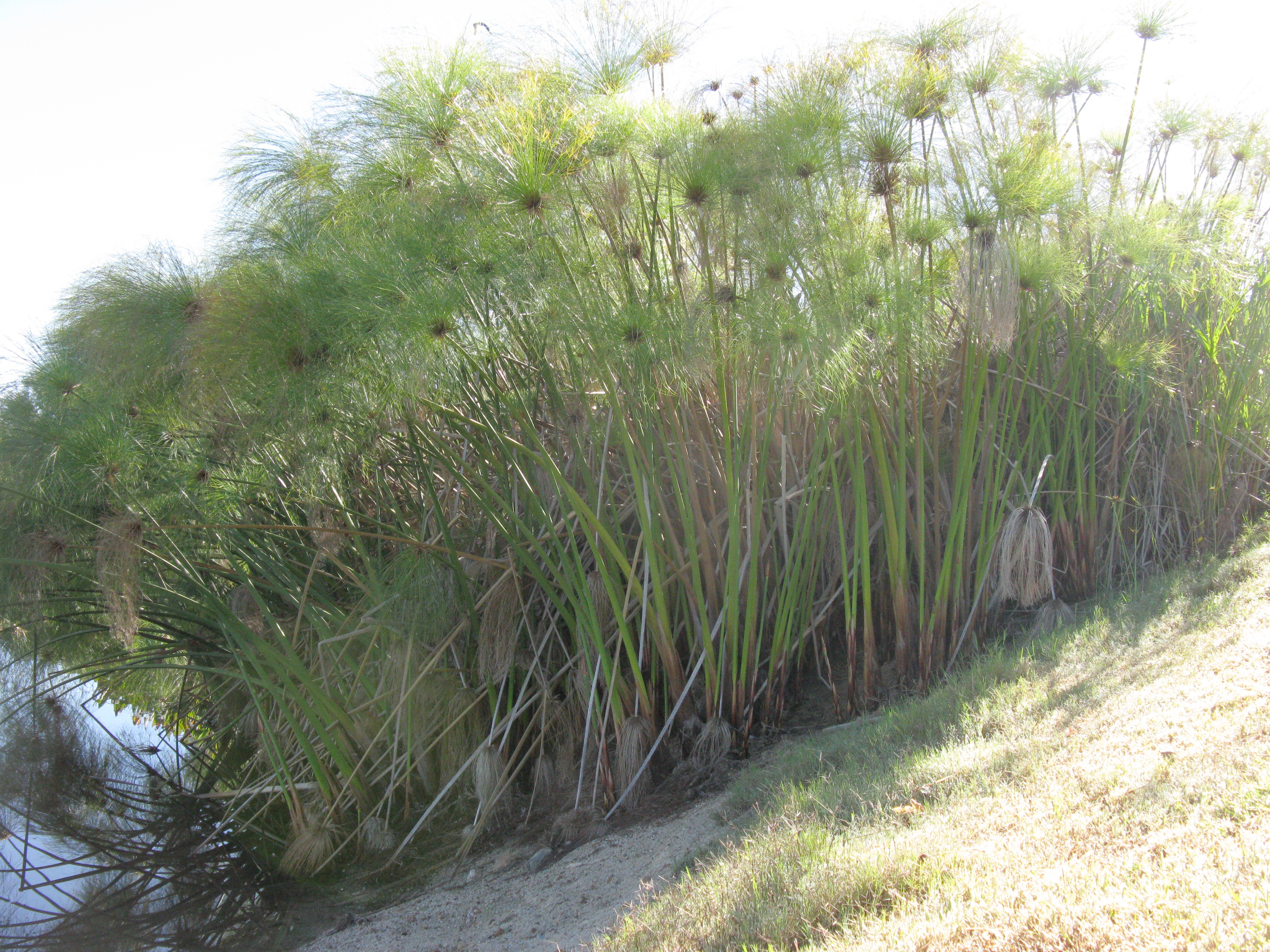Peduncle (botany) on:
[Wikipedia]
[Google]
[Amazon]

 In
In
botany
Botany, also called , plant biology or phytology, is the science of plant life and a branch of biology. A botanist, plant scientist or phytologist is a scientist who specialises in this field. The term "botany" comes from the Ancient Greek w ...
, a peduncle is a stalk supporting an inflorescence
An inflorescence is a group or cluster of flowers arranged on a stem that is composed of a main branch or a complicated arrangement of branches. Morphologically, it is the modified part of the shoot of seed plants where flowers are forme ...
or a solitary flower
A flower, sometimes known as a bloom or blossom, is the reproductive structure found in flowering plants (plants of the division Angiospermae). The biological function of a flower is to facilitate reproduction, usually by providing a mechanis ...
, or, after fecundation, an infructescence or a solitary fruit
In botany, a fruit is the seed-bearing structure in flowering plants that is formed from the ovary after flowering.
Fruits are the means by which flowering plants (also known as angiosperms) disseminate their seeds. Edible fruits in partic ...
. The peduncle sometimes has bract
In botany, a bract is a modified or specialized leaf, especially one associated with a reproductive structure such as a flower, inflorescence axis or cone scale. Bracts are usually different from foliage leaves. They may be smaller, larger, or o ...
s (a type of cataphylls) at nodes. The main axis of an inflorescence above the peduncle is the rachis. There are no flowers on the peduncle but there are flowers on the rachis.
When a peduncle arises from the ground level, either from a compressed aerial stem
Stem or STEM may refer to:
Plant structures
* Plant stem, a plant's aboveground axis, made of vascular tissue, off which leaves and flowers hang
* Stipe (botany), a stalk to support some other structure
* Stipe (mycology), the stem of a mushro ...
or from a subterranean stem ( rhizome, tuber
Tubers are a type of enlarged structure used as storage organs for nutrients in some plants. They are used for the plant's perennation (survival of the winter or dry months), to provide energy and nutrients for regrowth during the next growing ...
, bulb
In botany, a bulb is structurally a short stem with fleshy leaves or leaf basesBell, A.D. 1997. ''Plant form: an illustrated guide to flowering plant morphology''. Oxford University Press, Oxford, U.K. that function as food storage organs dur ...
, corm
A corm, bulbo-tuber, or bulbotuber is a short, vertical, swollen underground plant stem that serves as a storage organ that some plants use to survive winter or other adverse conditions such as summer drought and heat (perennation).
The word ' ...
), with few or no bracts except the part near the rachis or receptacle, it is referred to as a scape.
The acorns of the pedunculate oak are borne on a long peduncle, hence the name of the tree.
See also
* Pedicel (botany) * Scape (botany)References
Plant anatomy Plant morphology + scn:Pidicuddu {{Botany-stub